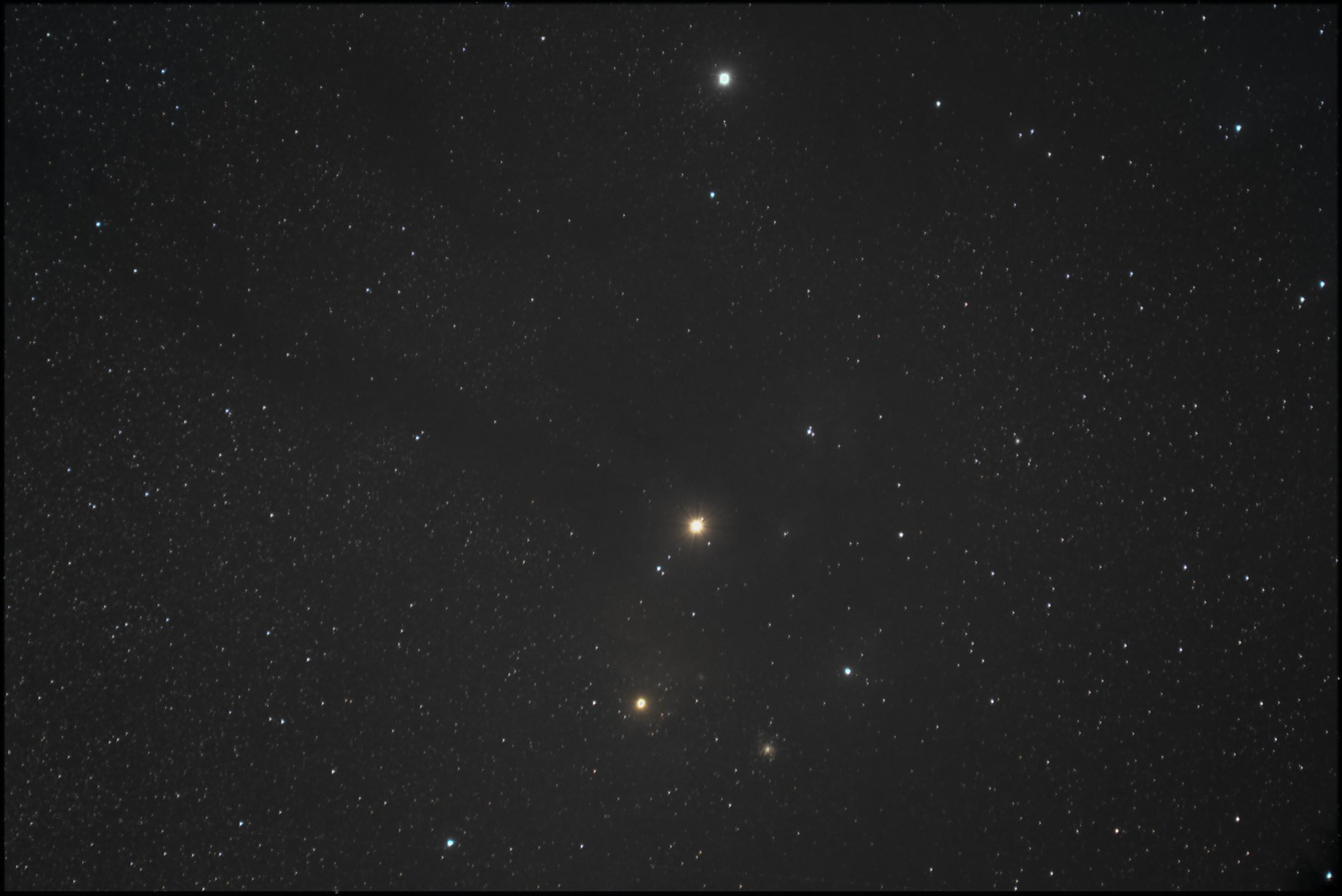Red planet redux
/From top, Saturn, Mars and the star antares are seen in August 2016. - John mcphee
IT'S CAPTURED the imagination since the time of the Egyptians, who called the wandering "star" Har decher, the Red One. The Greeks and Romans, inspired by that distinctive bloody hue, named it after their gods of war.
As with most of the planets' names, the Romans had their way.
While Mars is perhaps the most intriguing planet, mostly thanks to its prominence in fiction and movies, it's not usually an impressive object to the naked eye.
While its rusty orange colour is eye-catching, it's a small world and must be relatively close to the Earth to be bright enough to really stand out .At about 6,800 kilometres in diameter, the rocky planet is only half the size of Earth. So even during close approaches, you need a good-sized telescope to make out specific features.
Unlike Venus or the gas giants Jupiter and Saturn, Mars doesn't have clouds in its atmosphere to reflect light back to observers on Earth.
But when it does get close enough, like right now, it's a a beautifully eerie sight in the late evening in the southeast. Mars will makes its closest approach, about 57 million kilometres, on July 31. At its farthest point, Mars is about 400 million kilometres from Earth.
While it will be at its brightest since 2003, Mars won't get very high in the high during this apparition. It will rise into more favourable viewing during its next opposition on Oct. 6, 2020.

